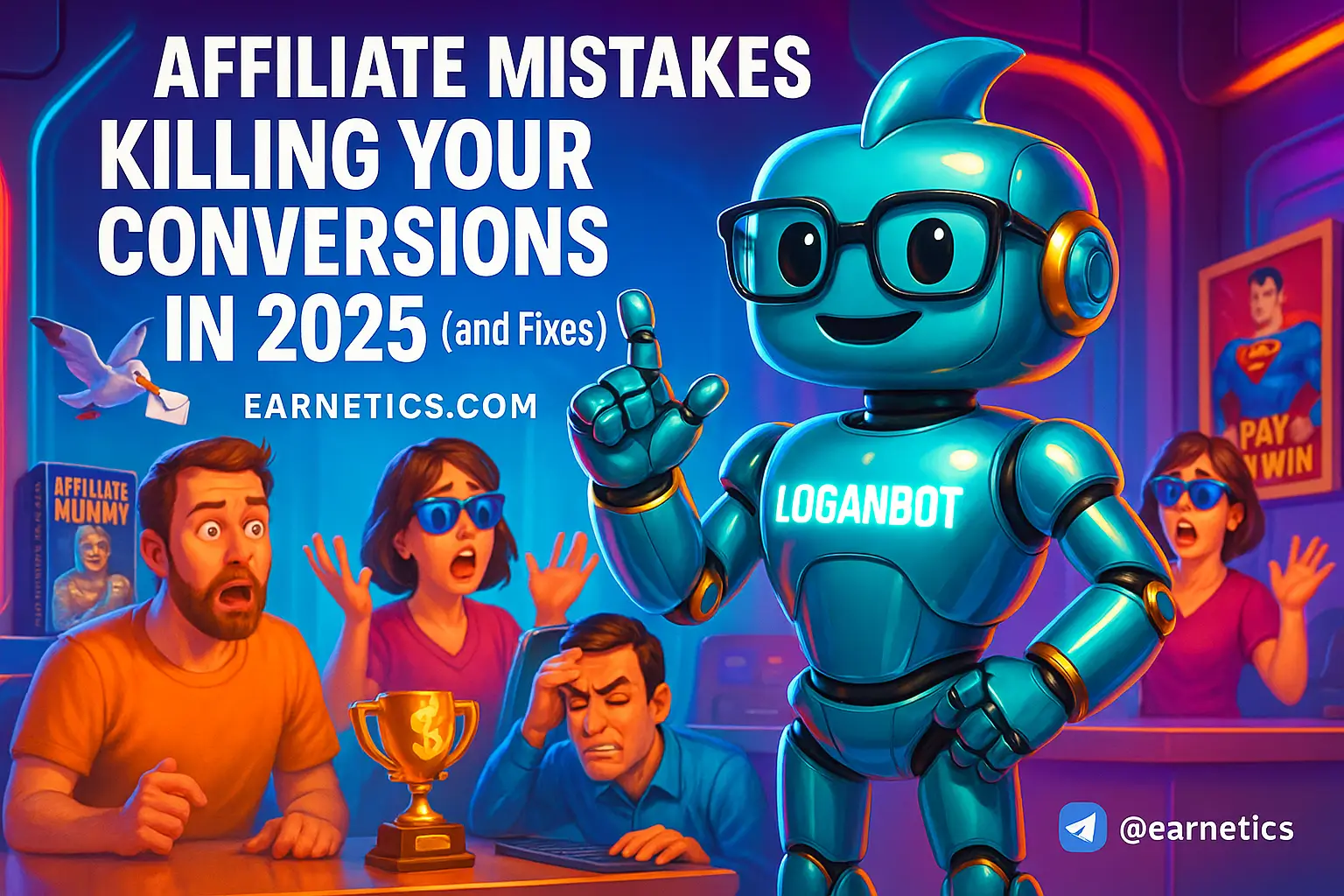Launch an Affiliate Site This Weekend: My 48-72 Hour, No-BS Plan to Go Live in 2025
Want to launch an affiliate site this weekend? My 48-hour blueprint gets you live with 5 – 10 pages, affiliate links, basic SEO and email capture.
I promise this is realistic: in 48 to 72 hours you can register a domain, spin up WordPress, publish 5 – 10 optimized pages, add affiliate links, and start capturing emails. I did this myself more times than I care to admit, and I’ll save you the rookie mistakes I made – like trusting a theme with more animations than common sense.
This plan is for busy beginners, solopreneurs, side hustlers, and marketers who want a lean MVP that actually converts. You won’t build a traffic titan in a weekend, but you will build a functioning affiliate marketing machine you can iterate on. Expect a live homepage, one strong review, a comparison, an evergreen how-to or roundup, working affiliate links, a simple email opt-in, and basic on-page SEO.
What you’ll need: three focused time blocks (Friday night, Saturday full day, Sunday full day), $20 – $80 for hosting and a domain (I use budget hosts for MVPs), and essential tools — hosting, WordPress, a conversion-focused theme, a keyword tool, and a link tracker. Here’s a tiny simulated keyword research snapshot to speed you up: main keyword – launch an affiliate site this weekend; secondary keywords – affiliate niche selection, affiliate site setup, affiliate content strategy, SEO for affiliate sites, affiliate monetization strategies; LSI terms – product review site, comparison article, long tail keywords, affiliate disclosure, conversion rate optimization, link cloaking, side hustle website, review schema, email list build, buying intent. Use these as mental shorthand while you build.
Choose a Niche
Quick criteria for profitable niches
I always start with basic filters for affiliate niche selection: demand, buyer intent, competition you can beat, and decent average order value. If people search with “best” or “buy” and the price point is mid to high, you’re in business. Low-ticket impulse items can work, but higher order values and recurring subscriptions pay the rent faster.
When I pick a niche I think: is this a person who researches before they spend? If yes, that’s fertile ground. Niches with review intent, comparisons, or “vs” searches are the easiest to monetize quickly because the intent maps naturally to affiliate links.
Fast niche validation techniques
Validate fast: check seed keyword search volume with a cheap tool or Google Keyword Planner, scan Amazon bestsellers, and eyeball competitor SERPs. I also stalk Reddit threads and Quora questions for real language people use. If you can find frustrated questions repeating weekly, you found a problem you can solve with content.
Quick wins: a small forum with active comment threads is better than an empty mega-site with a pile of backlinks. If people actively discuss brands and ask which product to buy, that niche is alive.
Pick a sub-niche and angle
Don’t pick “fitness” — pick “adjustable dumbbells for small apartments.” I pick a sub-niche and a clear content angle: reviews, comparisons, or “how to pick” guides. The narrower your persona, the faster you rank for long-tail keywords. That’s my secret for launching fast—win small, then expand.
Set Up Your Site Fast
One-click tech stack
For affiliate site setup I use a one-click stack: domain registrar, beginner-friendly host with WordPress auto-install, and a conversion theme. Hosts I recommend for weekend MVPs are Namecheap, Cloudways (low entry plans), or SiteGround if you want support that answers humans. Buy a domain, click install, and you’re cooking.
I pick a lightweight theme built for conversions – think fast load, clear CTAs, and simple templates for review and comparison pages. Skip the art school themes with 20 animations. You want speed and clarity.
Must-have plugins & configs
Install essentials right away: an SEO plugin (I use Rank Math or Yoast), a cache plugin, schema/reviews plugin, an affiliate link manager (for cloaking and tracking), and a disclosure plugin to stay compliant. Add a basic security plugin and set up automatic backups. Configure permalinks to a clean structure and enable XML sitemaps while your coffee brews.
Set your affiliate link manager before you paste links into content. Trust me, hunting down broken or unmasked affiliate links later is a pain that ruins weekends.
Speed & mobile checklist for launch
Speed beats pretty. Compress images, enable browser caching, and add Cloudflare free CDN. Use mobile-first checks: tap your CTA, read headings, and ensure forms work. My wireframe for the homepage is simple – hero, quick benefits, top review, comparison links, and email capture. That’s it.
Create Launch Content That Converts
3 pages to publish this weekend
Publish these three pages on day one: 1) cornerstone long-form review of a top product, 2) comparison post (A vs B), 3) a resource roundup or “best of” with multiple affiliate links. Those three types cover the core buyer intents and give you internal linking opportunities. Headline ideas: “My Tested Review – Best X for Y”, “X vs Y – Which Should You Buy in 2025?”, “10 Tools I Use for Z – Honest Picks”.
Templates are your friend. I write an intro, put a scannable verdict box, features list, pros/cons, and a CTA block with affiliate links. Keep it human – tell one quick story about how you used the product. People buy from people, not paragraphs of SEO fluff.
On-page conversion elements
On every launch page include a clear CTA, an affiliate disclosure near the top, a comparison table, star ratings (schema-ready), trust signals (user testimonials or media mentions), and a bold buy button. Use button colors that stand out and place them above the fold for mobile users. If it looks like an FAQ rather than a sales page, tweak the CTA to be clearer.
Trust signals can be small – a line like “Tested by me in real life” beats zero social proof. Add a tiny photo or usage note and you’ll increase clicks.
Rapid content production workflow
Batch outlines first, then draft. Use fill-in-the-blank templates to speed writing: Intro, Problem, Product Options, Why This, Verdict, CTA. I use AI to draft first passes for product specs and comparisons, then edit heavily to add real experience and compliance. Always run AI drafts through an accuracy check – affiliate content with wrong specs is a trust killer.
Set a timer: 25 minutes per outline, 50 minutes per draft, 30 minutes to polish and add links. That rhythm gets you through 5 – 10 pages in a weekend without melting down.
Quick SEO & Traffic Tactics
Fast keyword research for initial posts
For SEO for affiliate sites, target low-competition long-tail keywords with clear buying intent. Use free or cheap tools – Google Keyword Planner, Ubersuggest, or AnswerThePublic for ideas. Map the SERP intent: if Google returns reviews and comparisons, your post should match that intent. Don’t write a fluffy “what is” guide when the SERP wants “best” lists.
Pro tip: look for “best X for Y” and “X vs Y” with monthly search volume and little quality content on page one. That’s where you sneak in and win early.
On-page SEO checklist for launch posts
Title tags and meta descriptions must align with intent. Use header tags to structure the page, add product schema for review or product pages, and include internal links from your roundup to the review and comparison. Compress images, use descriptive alt text, and keep URLs short and readable.
Register your site with Google Search Console and submit your sitemap immediately so Google can index your launch pages. Here’s Google Search Console if you want to set it up: https://search.google.com/search-console/about
48-hour traffic hacks
In the first 48 hours I push micro-content: 10 short social posts, 5 relevant Reddit threads with value-first comments, and a few posts in niche forums. I reach out to 5 bloggers for quick swaps or mentions – don’t pitch a giant guest post, ask for a quick resource link. Create shareable visuals from your comparison tables and post them on Pinterest or X for immediate impressions.
Email outreach works: a short 2-line note offering your comparison as a resource often gets a link. Be human, not robotic.
Monetize & Scale Quickly
Choose the right affiliate programs
Pick programs that convert: merchants with solid conversion rates, recurring payouts, or high AOV. Don’t rely only on Amazon unless your niche fits it; explore niche networks and direct merchant programs that pay better. I balance quick-pay high-conversion offers with 1 or 2 higher-ticket merchants.
Tracking, disclosure & conversion optimization
Set up UTM parameters and use a link cloaker or tracker so you can see what converts. Add a visible affiliate disclosure to stay compliant. Use simple A/B tests for headlines and CTA copy – change one element and measure clicks. If a headline improves CTR by 20 percent, that’s real money.
Next-week growth plan
After launch, follow a GTM of content calendar + outreach + list building. Publish 2 – 3 more focused posts next week, push for backlinks, and run a giveaway or lead magnet to grow emails. Reinvest initial earnings into content and link outreach – compound interest works in publishing too.
Conclusion
Okay, here’s the weekend recap in plain English: pick a tight niche, set up WordPress with a clean theme, publish 3 core pages (review, comparison, roundup) plus extras to reach 5 – 10 pages, add affiliate links and disclosure, do the basic on-page SEO, and push traffic with micro-content and outreach. That’s the minimal viable affiliate site that actually earns and scales. I’ve launched sites this way and turned a few into steady side incomes by iterating the simple plan above.
Quick launch checklist to follow during your 48 – 72 hour sprint:
1. Domain and hosting – buy and install WordPress
2. Theme and plugins – SEO, cache, schema, link manager, backups
3. Publish 3 core pages, then 2 – 7 more optimized pages
4. Add affiliate links with cloaking and disclosure
5. Set up Google Search Console, sitemap, and basic schema
6. Push 10 micro-posts, 5 forum comments, 5 outreach emails
7. Set up an email opt-in and lead magnet
Realistic KPIs: short-term goals for the first week are site live, indexed pages, first organic clicks, and 10 – 50 email signups. Three-month objectives are 1,000 – 5,000 monthly visitors and the first $100 – $1,000 in monthly affiliate earnings depending on niche and reinvestment. Don’t panic if it’s slow – affiliate sites compound. Measure, tweak headlines, fix broken links, and keep adding value.
Final tips: avoid thin content, keep your affiliate disclosure obvious, and don’t rely on a single merchant. Iterate headlines, test CTAs, and treat your first weekend site like an experiment – not a final product. If you want to automate repetitive tasks, I used automation to save hours each week and scale outreach without losing my mind.
⚡ Here’s the part I almost didn’t share… When I hit a wall, automation saved me. My hidden weapon is Make.com – and you get an exclusive 1-month Pro for free.
🔥 Don’t walk away empty-handed. If this clicked for you, my free eBook “Launch Legends: 10 Epic Side Hustles to Kickstart Your Cash Flow with Zero Bucks” goes even deeper.
Want more step-by-step guides and templates? Explore more guides on Earnetics.com and start building your digital income empire today.


